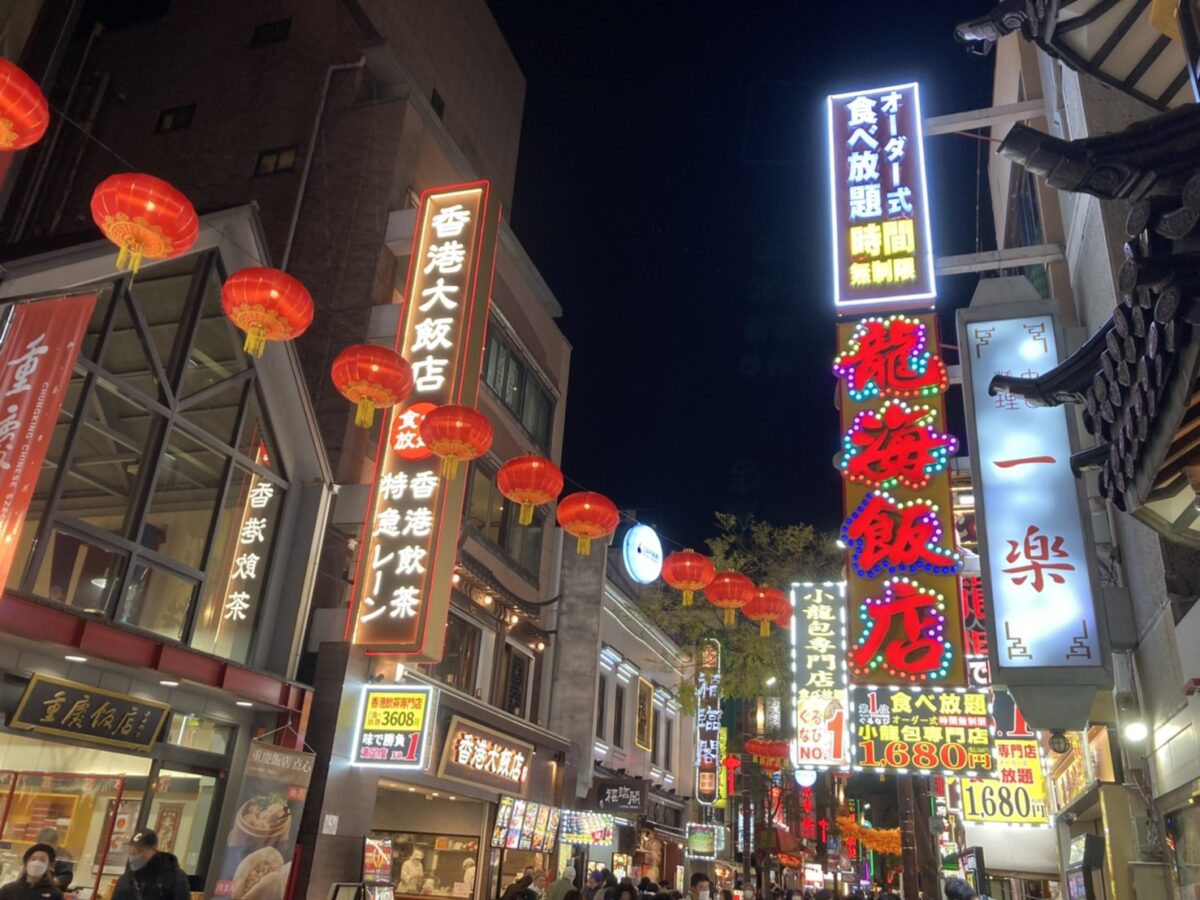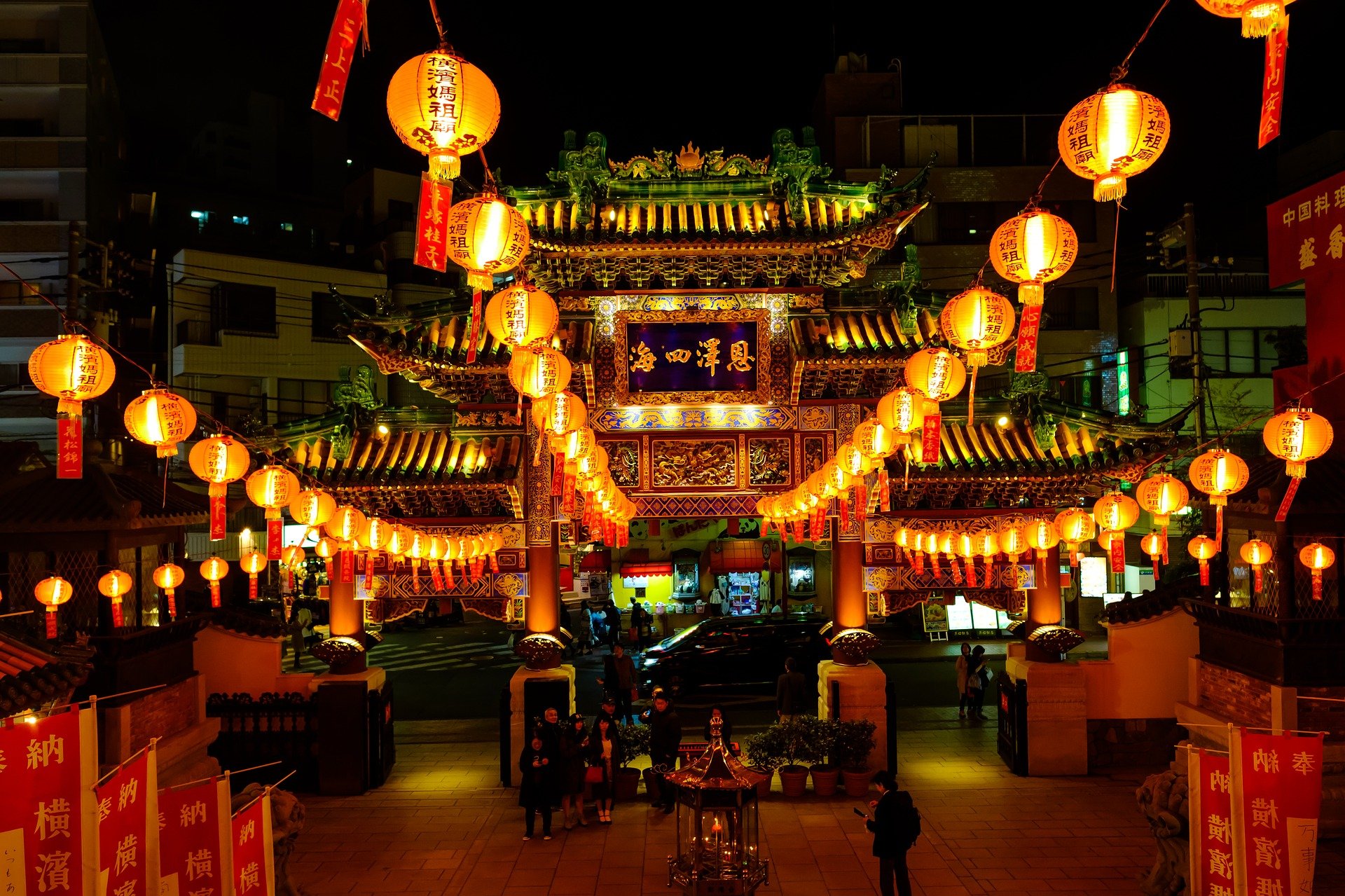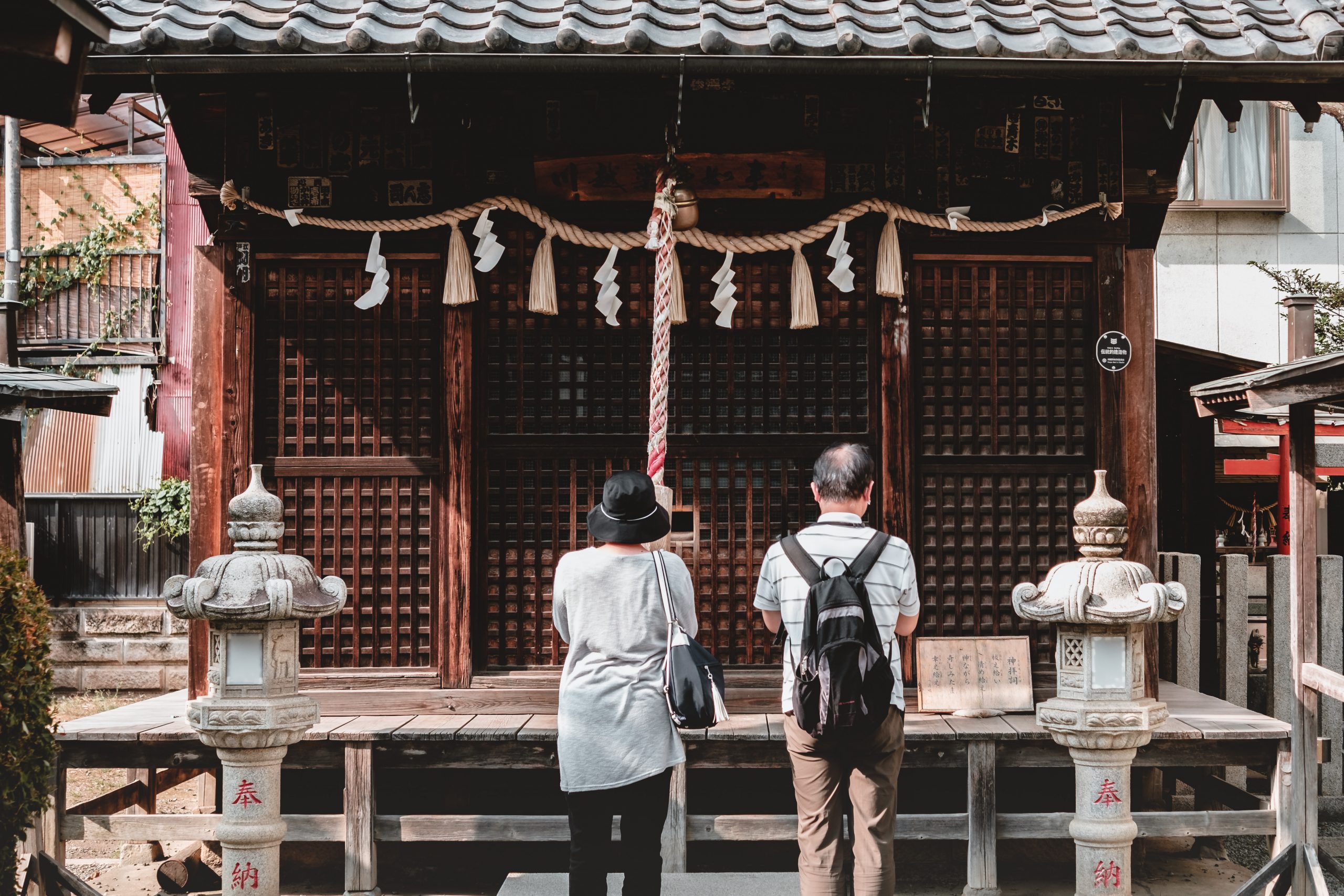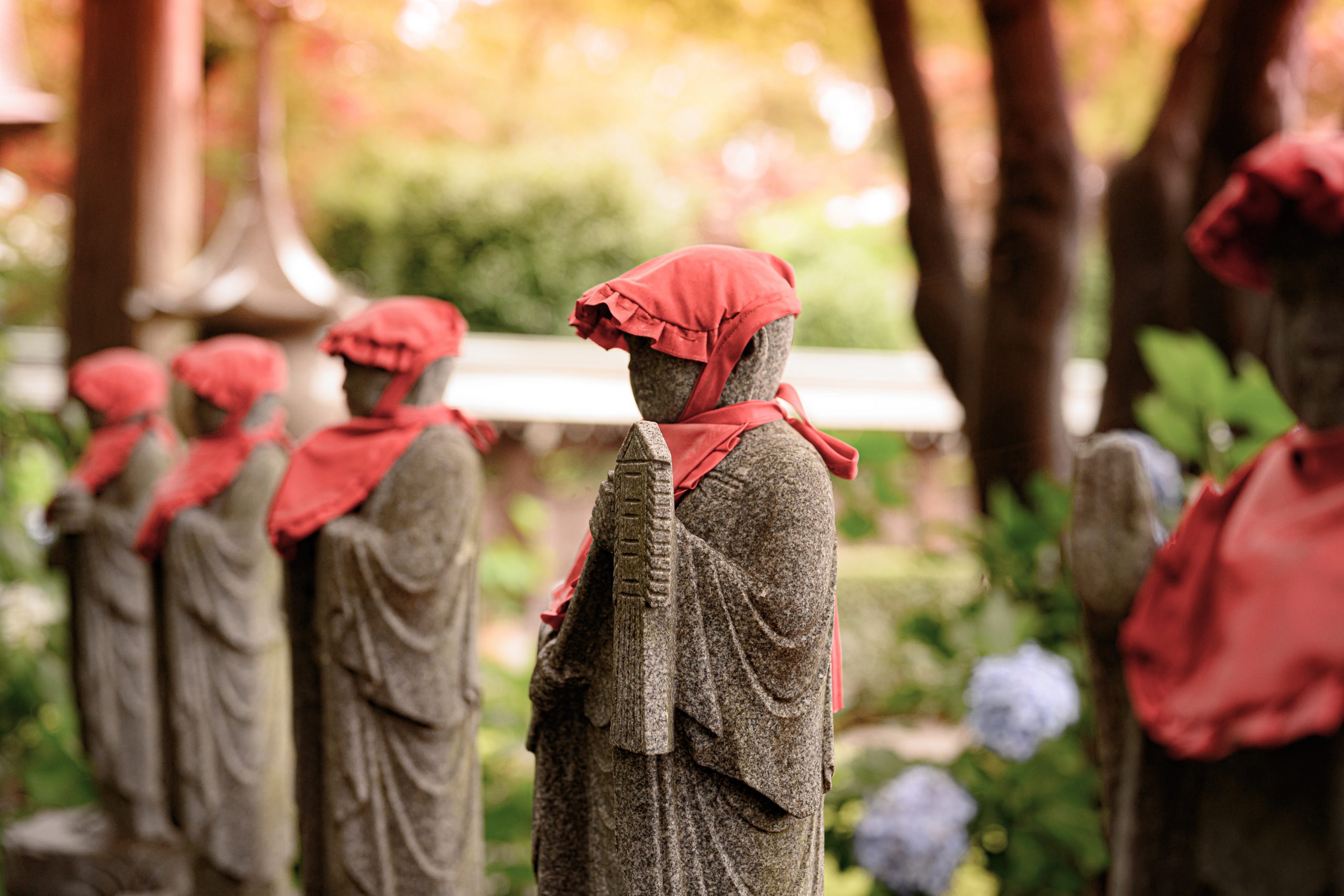The Chinese New Year, also known as the Lunar New Year, is normally celebrated around late January till sometime in the end of February. The celebration takes place from the first moon of the year and honors old traditions, customs and superstitions that date back to early Chinese legends. In Japan, although it’s not common to celebrate the Lunar New Year, there are celebrations in the Chukagai (Chinatown areas) in Yokohama, Kobe, and Nagasaki and newly established Chinese communities in Ikebukuro. In this article, we explain more about Chinese New Year and how it is celebrated in different parts of Japan.
What is Chinese New Year
Chinese New Year is an annual festival originated in China and Chinese communities around the world celebrate the beginning of a new year based on the traditional Chinese calendar. The Chinese New Year starts on the new moon which appears sometime between January 21 and February 20. In 2024, it’s from February 10 to 17!
During the Chinese New Year holidays in China, generally family members gather together and have a reunion dinner. The dinner on Chinese New Year’s Eve is the biggest and most important event, and many special dishes are served. The traditional dishes for the Chinese New Year vary depending on the area of China.
The traditional practice for the Chinese New Year is to light firecrackers and fireworks and burn bamboo sticks to scare away evil spirits. Red lanterns are displayed on the door frames and along the roads to light up the atmosphere. Windows and doors of the houses are decorated with red paper-cuts and poems written on red paper. The paper-cuts and poems express good fortune, happiness, wealth, and longevity. It is also a popular tradition to give money to children and elderly people in red paper envelopes. Another important tradition of the Chinese New Year celebrations is the lion dance. The lion dance is performed outside to bring good fortune and prosperity for the new year and chase away evil spirits. For the lion dance, there need to be two people; the one in front is the head and front limbs, and the one behind is the back and hind legs. The dance is accompanied by the music of beating drums, cymbals, and gongs.
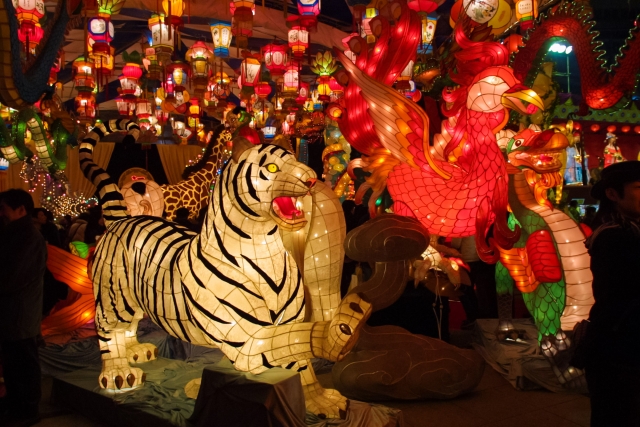
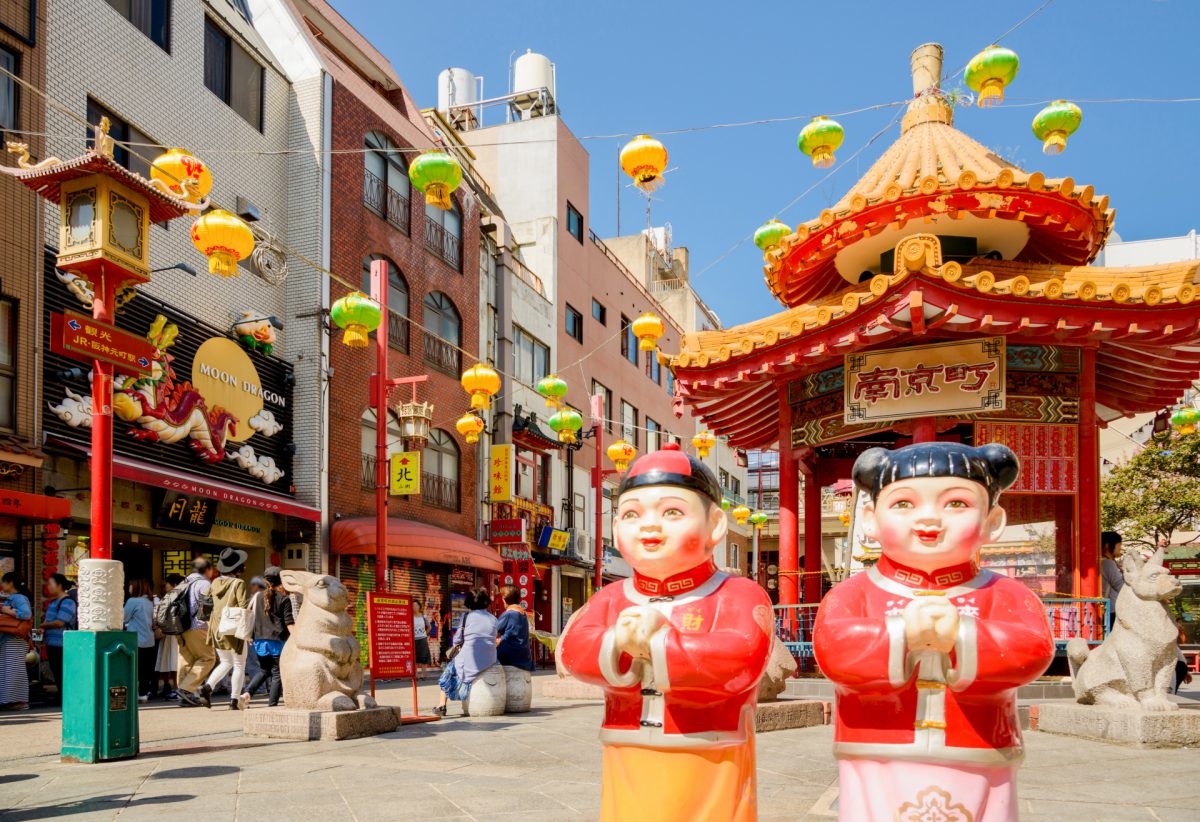
The fifteenth day of the Chinese New Year is known as the Lantern Festival. In the evening, children go out with paper lanterns and solve riddles on the lanterns. The cities are filled with colorful lanterns, most of them are red, with complex designs painted on them. It is a tradition to eat tangyuan on this day; sweet rice balls in soup.
Upcoming Chinese New Year + Zodiac animals
2023 Year of the Rabbit
2024 Year of the Dragon
2025 Year of Snake
2026 Year of Horse
Chinese New Year in Japan
Back in time, Japan also used the same traditional lunar calendar as China, hence the country historically celebrated New Year’s at the same period of time. However, in the Meiji Period, when the Japanese government moved towards Westernization, they adopted the Gregorian calendar, used in Western countries, starting the new year on January 1st. Despite this, the symbolic meaning of the zodiac animals continued to be of importance and because of the high number of Chinese immigrants, Chinese New Year events are still celebrated throughout Japan.
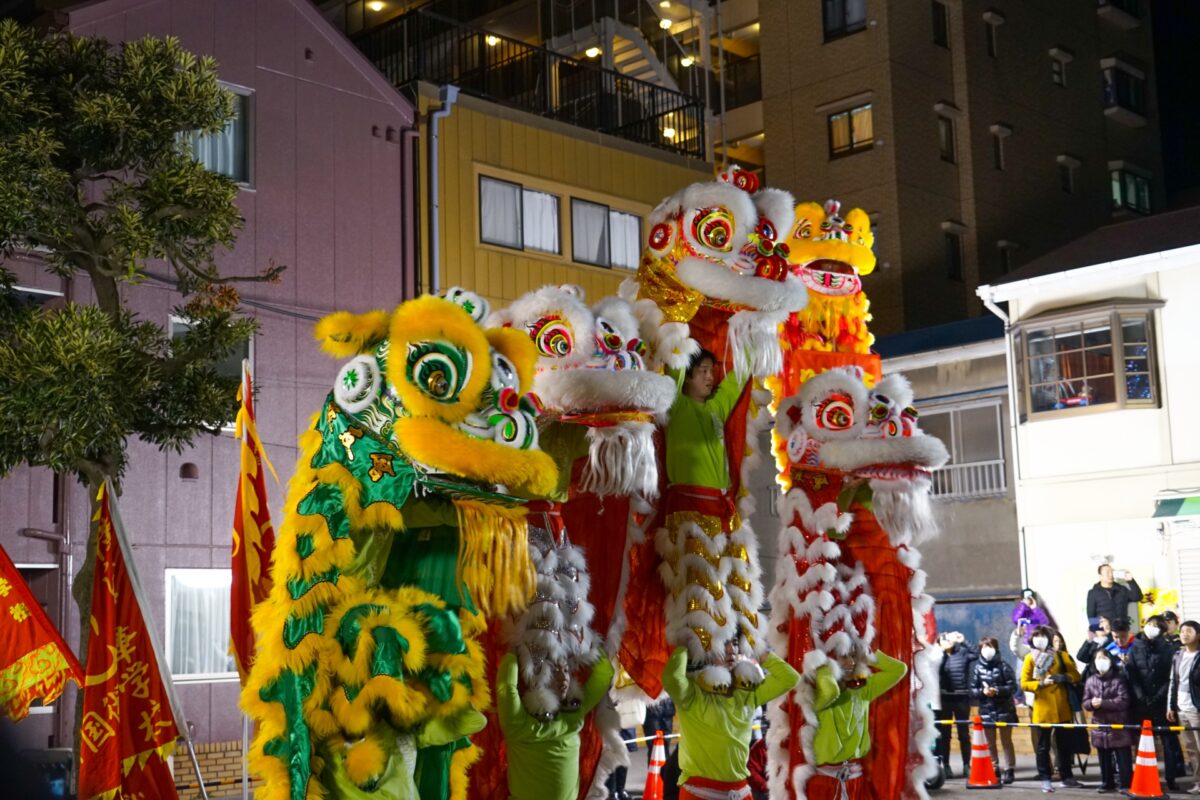
Chukagai Yokohama
Chukagai, or Chinatown, in Yokohama is the largest and the most famous Chinatown in Japan. Yokohama Chinatown was founded when the sea port was opened in Yokohama in 1859 to foreign trade and many Chinese immigrants landed on Yokohama. Chukagai Yokohama grew as more and more Chinese immigrants arrived and built the community center.
There are numerous restaurants and souvenir shops here. You can find restaurants serving sophisticated Chinese cuisine in a dazzling and fancy atmosphere as well as smaller restaurants offering more affordable dishes located in narrow alleys. It is also popular in Chinatown to buy street foods such as steamed pork bun and soup dumplings and eat on the street.
During Chinese New Year, there are performances on the streets such as lion and dragon dances. Firecrackers are lit and streets and stores are decorated with red lanterns and paper-cuts. The atmosphere is vibrant, and many people come to experience Chinese New Year.
The lantern illuminations can be seen from November 1 (Wed) 2023 to February 24 (Sat) 2024.


How to get to Chukagai Yokohama
- Short walk from Motomachi Chukagai Station on Minatomirai Line
- The Akaikutsu Loop Bus from Sakuragicho Station stops at Chinatown. ¥220 per ride or ¥500 for a day pass.
Nankinmachi Kobe
Nankinmachi is Chinatown in Kobe, the capital of Hyogo Prefecture. In 1868 Kobe’s port opened to foreigners including Chinese immigrants and this is when Nankinmachi was founded. Nankinmachi means Nanking Town which was the Chinese capital at the time.
Although Nankinmachi is considerably smaller than Yokohama Chinatown, it is one of the major tourist attractions in Kobe. You will find many Chinese restaurants and souvenir shops. Since 1987, Chinese New Year has been celebrated in Nankinmachi. During the celebrations, the area is filled with a vibrant atmosphere with red decorations and firecrackers on the streets. Several performances including the lion dance can be enjoyed, and many restaurants serve special dishes.
The biggest festival of the year, Chinese New Year Festival is held for 3 days on January 10 (Sat), 11 (Sun) and 12 (Mon) in 2024.
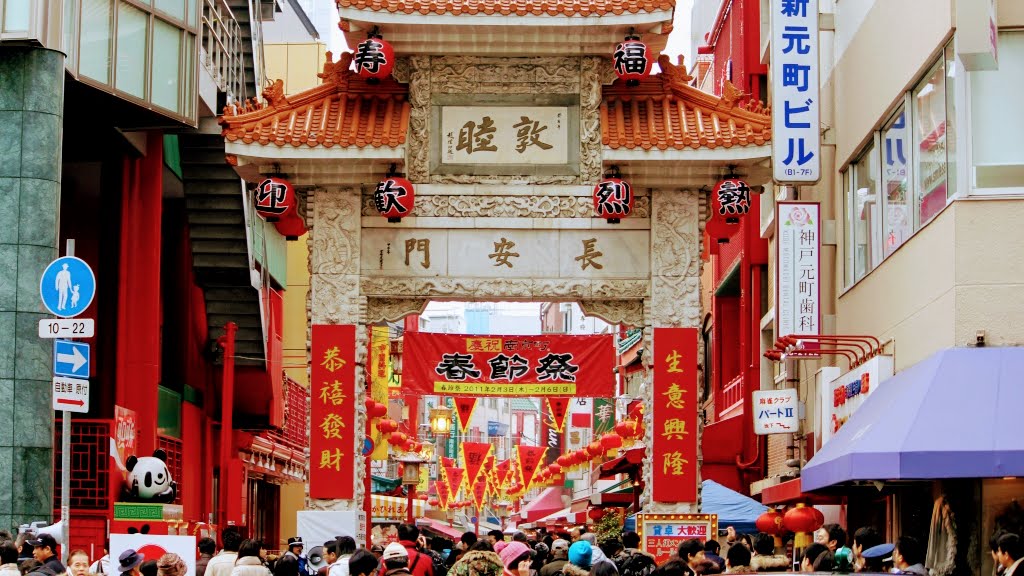
How to get to Nankinmachi
A short walk from Motomachi Station or Kencho-mae Station
Nagasaki Shinchi Chinatown
Although Chinatown in Nagasaki is not as big as the one in Yokohama and Kobe, it has a much longer history dating back to the 17th century. During Japan’s long period of isolation from the 17th to the end of the 19th century, China and the Netherlands were the only countries allowed to trade in Japan from Nagasaki Port. Chinatown in Nagasaki was established by the Chinese settlers at that time.
Nagasaki Chinatown is famous for its huge Nagasaki Lantern Festival during the Chinese New Year. As many as 15,000 lanterns with different colors, sizes and shapes illuminate the city to celebrate Chinese New Year and attract visitors. The Lantern Festival lasts for about two weeks. On the first day of the festival, many people gather around to see the lighting-up event. During the festival, there are various events including parades, lion and dragon dances, live music concerts with Chinese traditional music instruments, and Chinese acrobatic performances.
The Lantern Festival will be held from February 9 (Fri) to 25 (Sun) in 2024.

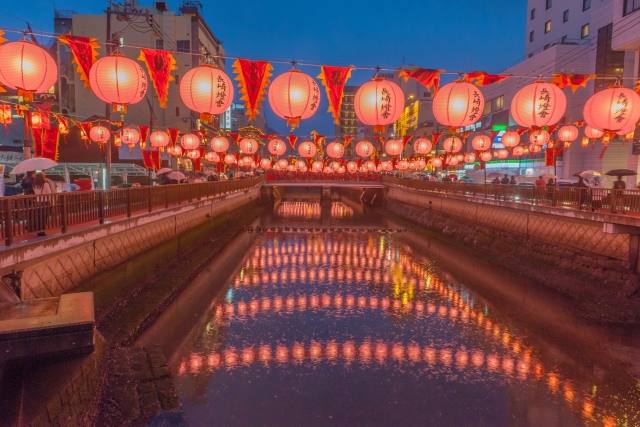
How to get to Shinchi Chinatown
2 minute walk from Shinchi-chukagai Station
Chinatown in Ikebukuro
Ikebukuro in central Tokyo is home to the newly established “Chinatown”. Ikebukuro is a convenient place for Chinese people who live in Tokyo because there are plenty of part-time jobs, Chinese restaurants, supermarkets, bookstores, and other shops and businesses are concentrated in the north part of the Ikebukuro station.
Unlike the three major Chinatowns in Yokohama, Kobe and Nagasaki, Ikebukuro does not have gates or iconic buildings or signs to clearly indicate Chinatown. However, it still offers the same kind of authentic Chinese atmosphere. For the Chinese New Year, many Chinese people gather together in the area and many restaurants serve special dishes.
Tokyo Tower
In 2022, it marks the 4th year of the new tradition of Tokyo Tower with a special red light-up for celebrating the Chinese New Year. Two kanji characters ‘未来(mirai), future’ will show up on the windows of the observation deck. It commemorates the 50th anniversary of normalization of Japan-China diplomatic relations as well as the Beijing Winter Olympics that will start on February 4th. On January 31st on Chinese New Year’s Eve, the opening ceremony for the light-up will be held from 6pm though it’s not open to the public. You can watch the ceremony and exciting performances live streaming on Youtube.
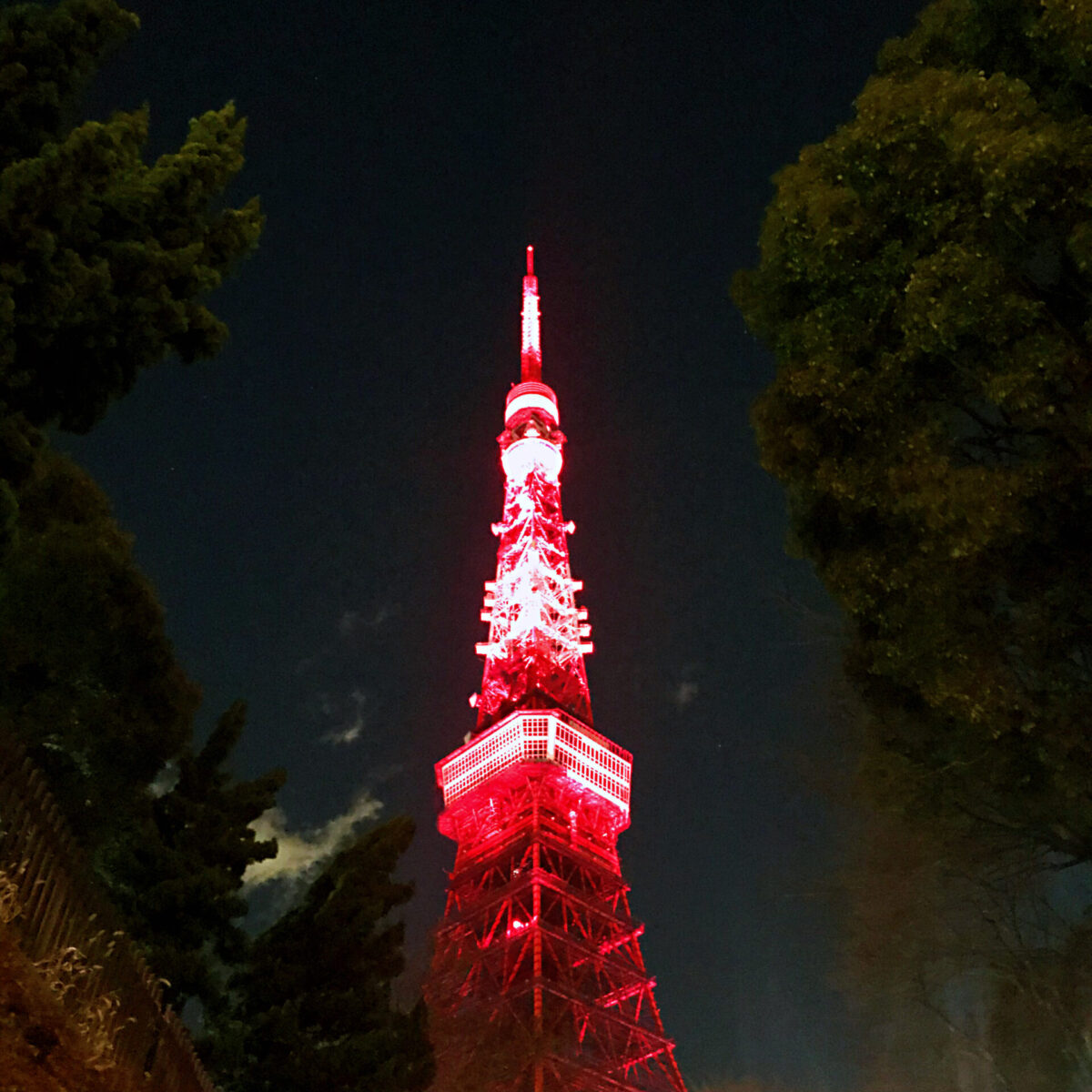
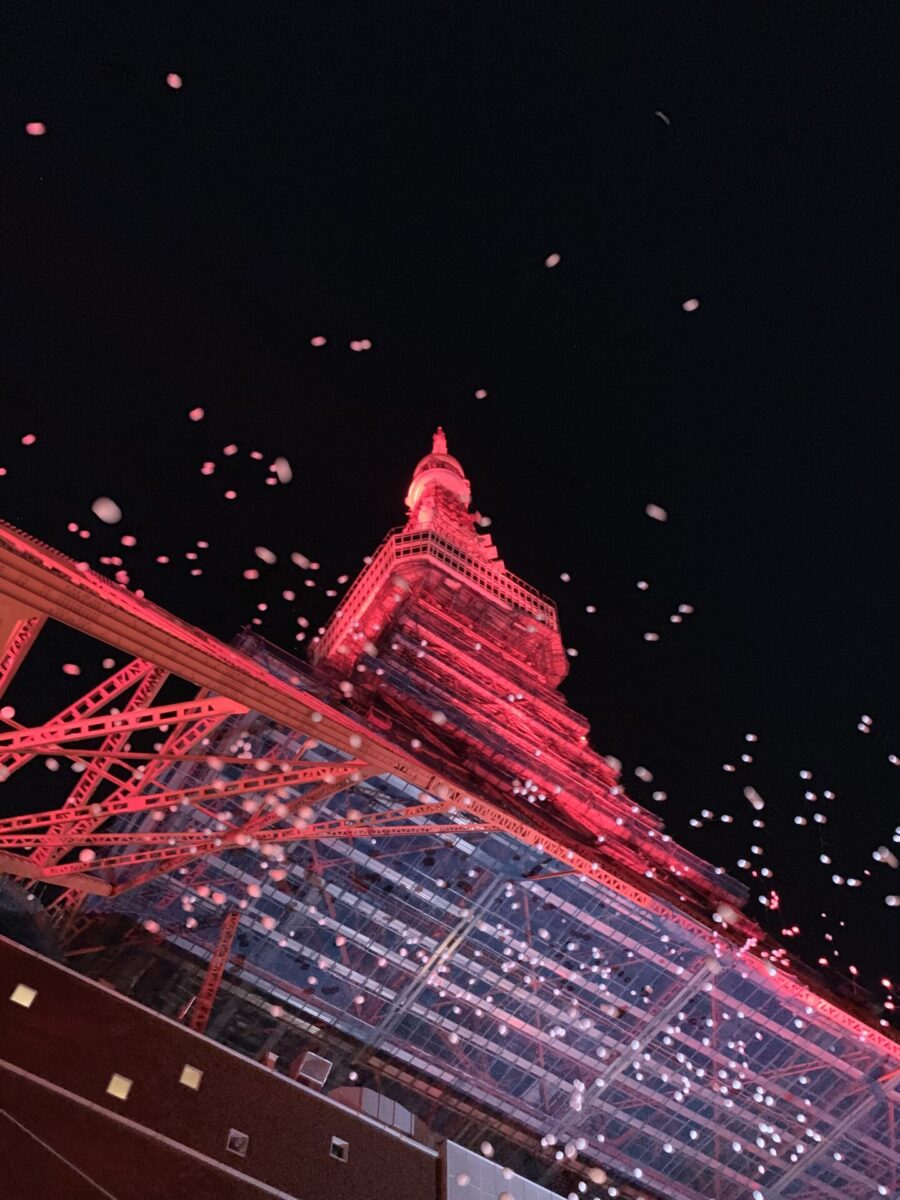
When you find yourself in Japan during Chinese New Year, visiting one of the china towns will be a fun experience. As a visitor you can easily join the festive celebrations, by just making your way down to the nearest Chinatown. Although the celebration may not be as big as in China, you can still enjoy the vibrant atmosphere and delicious special dishes in Chinatowns in Japan during the Chinese New Year!
Follow us on Instagram or Facebook for more travel inspiration. Or tag us to get featured!
Happy traveling!
